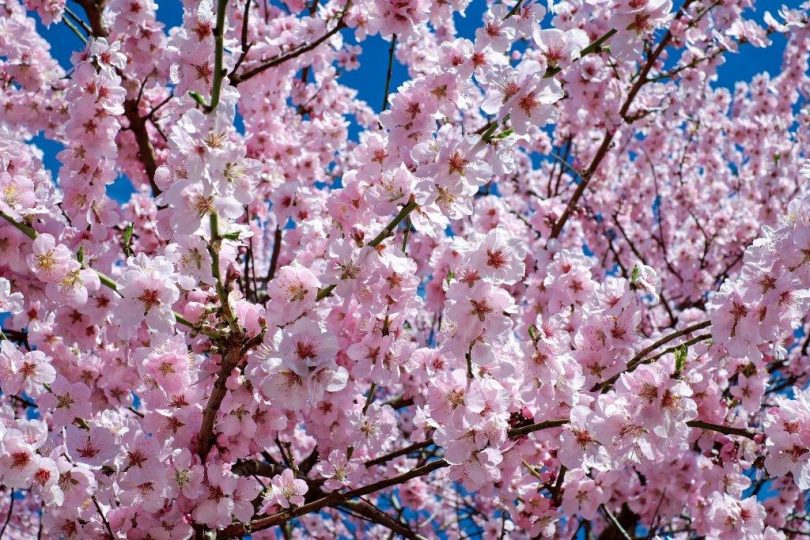It’s a telltale sign of spring: cotton-candy pink blossoms burst from their tiny buds, the branches of cherry trees hang low, laden with fragrant offerings.
Yes, after several late blasts of winter in Vancouver, spring has finally sprung. But along with the cheerful colours, the sweet scents, the reawakening of all that grows, comes an unwelcome companion: allergies. For seasonal allergy sufferers, spring is hardly a time to rejoice. The airborne pollens that are abundant this time of year can trigger cold-like symptoms such as runny nose, sneezing, and itchy, watery eyes. Known as allergic rhinitis, or hay fever, the common condition can have a significant impact on quality of life.
We reached out to Dr. Robert Schellenberg, Head of Allergy and Immunology at St. Paul’s Hospital and Professor of Medicine at UBC, to learn about the science behind spring allergies and what relief is available for chronic sufferers.
What happens in the body that causes some people to suffer from allergies at this time of year?

Allergic symptoms are directly related to allergen-specific IgE (the allergic antibody) to which the subject has been sensitized. In early spring, these are tree pollens. Along the West Coast, alder is the primary tree pollen (peaks reach 4000 grains per cubic metre, about eight times the counts for the worst grass pollen day). Birch cross-reacts with alder and starts a bit later. Cedar counts can also be high but overall are less of a problem. IgE is attached to mast cells in the nose, eyes, lungs, etc. When the pollen binds with the IgE on the mast cell, it triggers the release of histamine and a number of other chemicals that cause the symptoms.
Are there any risk factors that might increase one’s likelihood of developing seasonal allergies?
Since one cannot choose one’s parents, genetic predisposition is a significant risk factor. Other factors are linked to alterations in one’s microbiota (the millions of “good” bacteria colonizing the gut, lungs and skin). Growing up on a farm is especially beneficial as is exposure to common infections early in life, whereas use of antibiotics in the first year of life is detrimental. “Give us this day our daily dirt” has been a mantra of allergists.
Other significant factors relate to climate change. Higher levels of CO2 and temperature increase the amounts of pollens and lengthen the season, whereas particulate pollution (e.g. traffic and industrial emissions as well as forest fires) markedly enhances the allergic antibody IgE to pollens. In addition, particulates can stimulate the development of new allergies in subjects not previously sensitized to pollens.
Can other health conditions worsen spring allergy symptoms?
If one has additional year-round allergies such as to house dust mite or pets, this will make seasonal symptoms worse. In addition to hay fever, many people have accompanying asthma that is aggravated by seasonal pollens.
Many with mild or moderate allergies take over-the-counter medications to get through the season. What treatment options are available when OTC drugs don’t provide enough relief?
Prescription corticosteroid nasal sprays are most effective at reducing nasal stuffiness as well as the sneezing and runniness and can even help eye symptoms. If eye itching and tearing is a major problem, a number of prescription eye drops are beneficial.
The other treatment that not only decreases symptoms but provides long-term benefit by decreasing the allergic antibody and building protective immunity is immunotherapy (allergy shots). A newer alternative to injections for some pollens is sublingual (under the tongue) tablets. A preparation for alder and birch has been produced but awaits Health Canada approval.
Can you tell us about the latest advances in allergic rhinitis research? How is research informing our understanding of the condition and the way patients are treated?
The specific factors required to produce the allergic antibody IgE have been defined. New biologic treatments have been developed to target these factors. Due to the high cost of these agents, they have mainly been used for severe asthma or eczema but do help the hay fever as well.
As mentioned, new sublingual immunotherapy is a safer and more rapid means of regulating the allergic reaction to allergens, leading to long-lasting relief.





